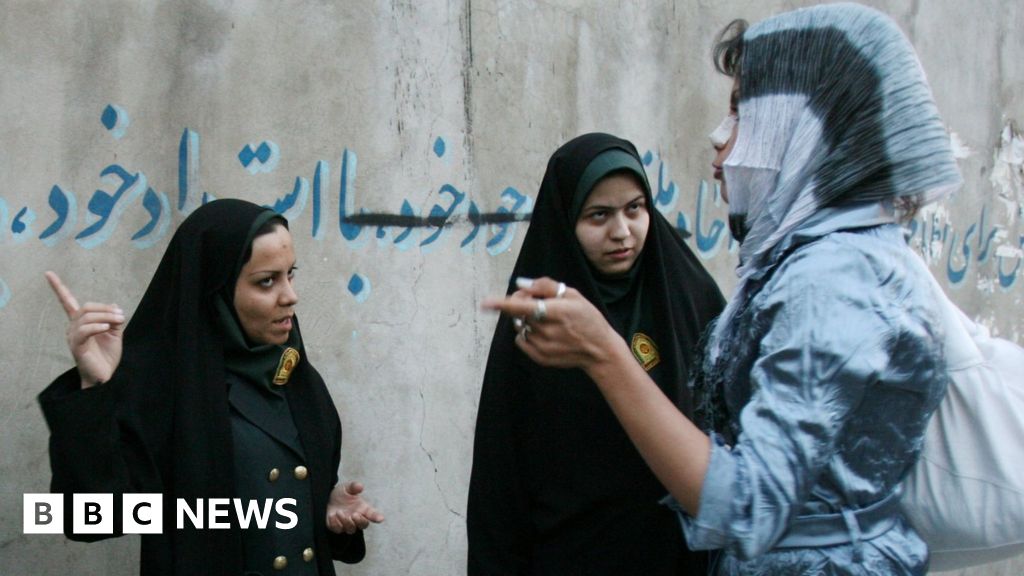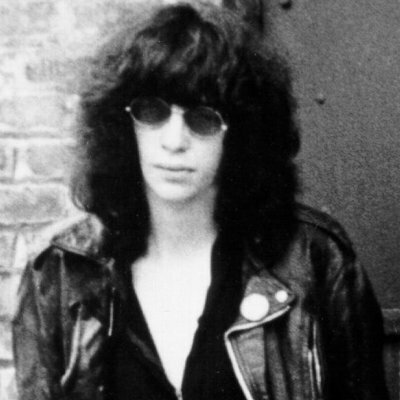The death of 22-year-old Mahsa Amini after she was detained by Iran’s so-called morality police has sparked angry protests, with women burning their headscarves in a defiant act of resistance against the Islamic Republic’s strict dress code and those enforcing it.
The Gasht-e Ershad (Guidance Patrols) are special police units tasked with ensuring the respect of Islamic morals and detaining people who are perceived to be “improperly” dressed.
Under Iranian law, which is based on the country’s interpretation of Sharia, women are obliged to cover their hair with a hijab (headscarf) and wear long, loose-fitting clothing to disguise their figures.
Ms Amini allegedly had some hair visible under her headscarf when she was arrested by morality police in Tehran on 13 September. She fell into a coma shortly after collapsing at a detention centre and died three days later in hospital. The force denied reports that officers beat her head with a baton and banged it against one of their vehicles.
“They told us the reason we are working for the morality police units is to protect women,” he said. “Because if they do not dress properly, then men could get provoked and harm them.”
He said they worked in teams of six, comprising four men and two women, and focused on areas with high foot traffic and where crowds gather.
“It’s weird, because if we are just going to guide people why do we need to pick somewhere busy that potentially means we could arrest more people?”
“It’s like we are going out for a hunt.”
The officer added that his commander would tell him off or say he was not working properly if he did not identify enough people violating the dress code, and that he found it particularly difficult when people resisted arrest.
“They expect us to force them inside the van. Do you know how many times I was in tears while doing it?”
“I want to tell them I am not one of them. Most of us are ordinary soldiers going through our mandatory military service. I feel so bad.”
Post-revolutionary decree The Iranian authorities’ fight against “bad hijab” - wearing a headscarf or other mandatory clothing incorrectly - began soon after the 1979 Islamic Revolution, a major aim of which was to make women dress modestly.
While many women were doing so at the time, miniskirts and uncovered hair were not uncommon sights on the streets of Tehran before the pro-Western Shah Mohammad Reza Pahlavi was overthrown. His wife Farah, who often wore Western clothing, was held up as an example of a modern woman.
Old article from 21 September 2022.
This is the best summary I could come up with:
The death of 22-year-old Mahsa Amini after she was detained by Iran’s so-called morality police has sparked angry protests, with women burning their headscarves in a defiant act of resistance against the Islamic Republic’s strict dress code and those enforcing it.
The Gasht-e Ershad (Guidance Patrols) are special police units tasked with ensuring the respect of Islamic morals and detaining people who are perceived to be “improperly” dressed.
Under Iranian law, which is based on the country’s interpretation of Sharia, women are obliged to cover their hair with a hijab (headscarf) and wear long, loose-fitting clothing to disguise their figures.
The Iranian authorities’ fight against “bad hijab” - wearing a headscarf or other mandatory clothing incorrectly - began soon after the 1979 Islamic Revolution, a major aim of which was to make women dress modestly.
They included the introduction of surveillance cameras to monitor and fine unveiled women or refer them for “counselling”, and a mandatory prison sentence for any Iranian who questioned or posted content against the hijab rules online.
The restrictions led to an increase in arrests but also sparked a surge in women posting photos and videos of themselves without headscarves on social media - something that has only intensified in the days following Ms Amini’s death.
I’m a bot and I’m open source!
They need more than oversight.
The name wasn’t enough? Morality police. Whose fucking morals?
oooooooh nooooooo not “the spotlight”, after everything, after decades after decades of this islamofascist abuse, iranians continue to receive what they allow, nothing more, and nothing less.
they are the masters of their own destiny, and for generations now they’ve sacrificed their children’s futures because they are too afraid to take, and keep the streets long enough and hard enough to force change.
iranians are cowards, and they continue to threaten the entire world with their nuclear program. iranians are cowards.






